The formation of a star begins with gravitational instability within a molecular cloud, caused by regions of higher density - often triggered by shock-waves from nearby supernovae (massive stellar explosions), the collision of different molecular clouds, or the collision of galaxies (as in a starburst galaxy). Once a region reaches a sufficient density of matter to satisfy the criteria for Jeans instability, it begins to collapse under its own gravitational force.
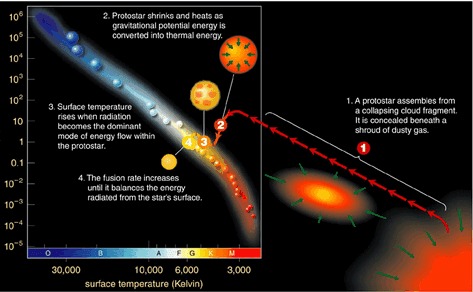 As the cloud collapses, individual conglomerations of dense dust and gas form "Bok globules". As a globule collapses and the density increases, the gravitational energy converts into heat and the temperature rises. When the protostellar cloud has approximately reached the stable condition of hydrostatic equilibrium, a protostar forms at the core. These pre–main sequence stars are often surrounded by a protoplanetary disk and powered mainly by the release of gravitational energy. The period of gravitational contraction lasts about 10 to 15 million years.
As the cloud collapses, individual conglomerations of dense dust and gas form "Bok globules". As a globule collapses and the density increases, the gravitational energy converts into heat and the temperature rises. When the protostellar cloud has approximately reached the stable condition of hydrostatic equilibrium, a protostar forms at the core. These pre–main sequence stars are often surrounded by a protoplanetary disk and powered mainly by the release of gravitational energy. The period of gravitational contraction lasts about 10 to 15 million years.
Early stars of less than 2 solar masses are called T Tauri stars, while those with greater mass are Herbig Ae/Be stars. These newly-formed stars emit jets of gas along their axis of rotation, which may reduce the angular momentum of the collapsing star and result in small patches of nebulosity known as Herbig–Haro objects. These jets, in combination with radiation from nearby massive stars, may help to drive away the surrounding cloud from which the star was formed.
Early in their development, T Tauri stars follow the Hayashi track—they contract and decrease in luminosity while remaining at roughly the same temperature. Less massive T Tauri stars follow this track to the main sequence, while more massive stars turn onto the Henyey track.
 As the cloud collapses, individual conglomerations of dense dust and gas form "Bok globules". As a globule collapses and the density increases, the gravitational energy converts into heat and the temperature rises. When the protostellar cloud has approximately reached the stable condition of hydrostatic equilibrium, a protostar forms at the core. These pre–main sequence stars are often surrounded by a protoplanetary disk and powered mainly by the release of gravitational energy. The period of gravitational contraction lasts about 10 to 15 million years.
As the cloud collapses, individual conglomerations of dense dust and gas form "Bok globules". As a globule collapses and the density increases, the gravitational energy converts into heat and the temperature rises. When the protostellar cloud has approximately reached the stable condition of hydrostatic equilibrium, a protostar forms at the core. These pre–main sequence stars are often surrounded by a protoplanetary disk and powered mainly by the release of gravitational energy. The period of gravitational contraction lasts about 10 to 15 million years.Early stars of less than 2 solar masses are called T Tauri stars, while those with greater mass are Herbig Ae/Be stars. These newly-formed stars emit jets of gas along their axis of rotation, which may reduce the angular momentum of the collapsing star and result in small patches of nebulosity known as Herbig–Haro objects. These jets, in combination with radiation from nearby massive stars, may help to drive away the surrounding cloud from which the star was formed.
Early in their development, T Tauri stars follow the Hayashi track—they contract and decrease in luminosity while remaining at roughly the same temperature. Less massive T Tauri stars follow this track to the main sequence, while more massive stars turn onto the Henyey track.


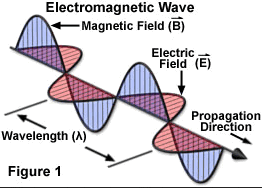
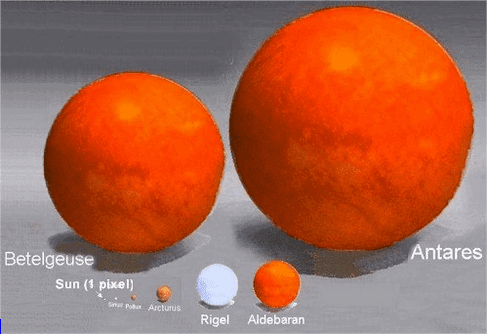
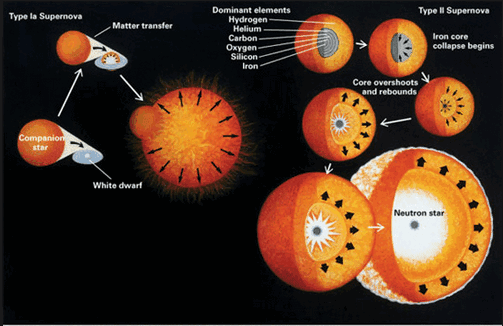
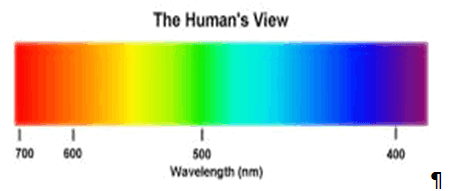

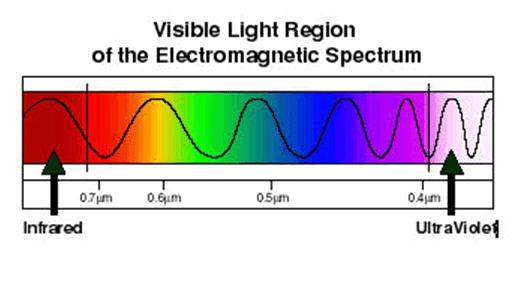












0 comments:
Post a Comment